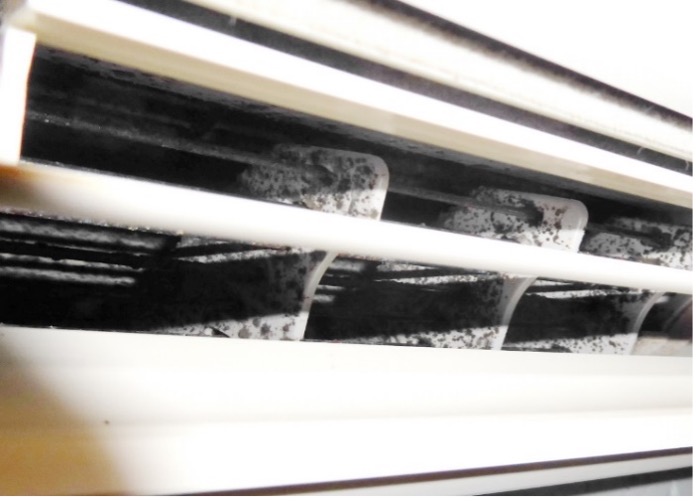IAQ IQ: Summer, 2021
©2021 Jeffrey C. May
Mechanical equipment can be one of the major sources of indoor air quality problems. Though many States do not require home inspectors to open up such equipment, I hope this article will encourage you to do so. At the least, the article could help you look for visible condition that could lead you to recommend further investigation.
Air conditioning: I am going to start with air conditioning (apt for this season). Almost all new homes have air conditioning, and A/C systems have been added to many older homes as a retrofit. In fact, almost anywhere in the world where central air conditioning exists, sick buildings are found concomitantly.
We once compared 600 “sick” homes (SHs) in which people were experiencing respiratory and other health symptoms to 300 “control” homes (CHs) that I had inspected as a home inspector. We found that 37% of the SHs had central air conditioning, compared to 19% of the CHs.
If you open up an air handler, here is the “watch out for” list that could signal the presence of mold growth and lead you to recommend further evaluation.
- Debris on the cooling coil
- Lots of dust or rust in the blower cabinet
- A dirty blower or black spots of mold on a blower paper label
- Dusty, exposed fibrous lining material in the blower cabinet, supply plenum, or on the access panel. Such lining should be foil covered or replaced with closed-cell foam.
- A water-level line from basement floor flooding on the inside or outside of the access panel or a blower cabinet resting on the floor
- A filter installed directly beneath a cooling coil. (When the blower is off, water may drip from the coil onto the filter, and mold will then grow on the wet filter.)
- An electronic filter. (They are never cleaned as often as they should be; pleated media filters are preferable.)
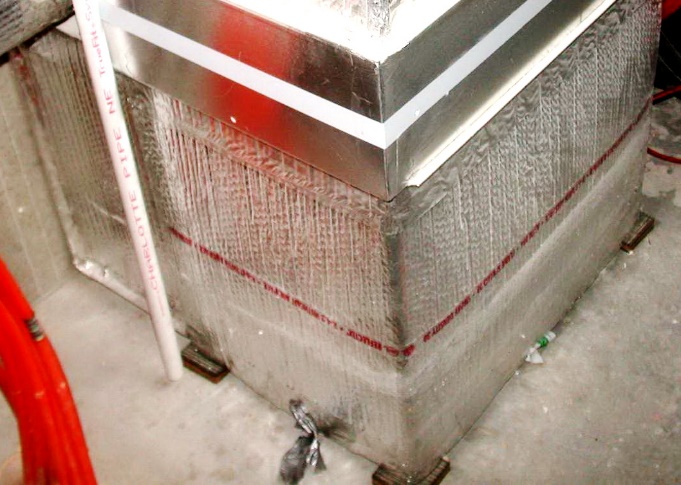
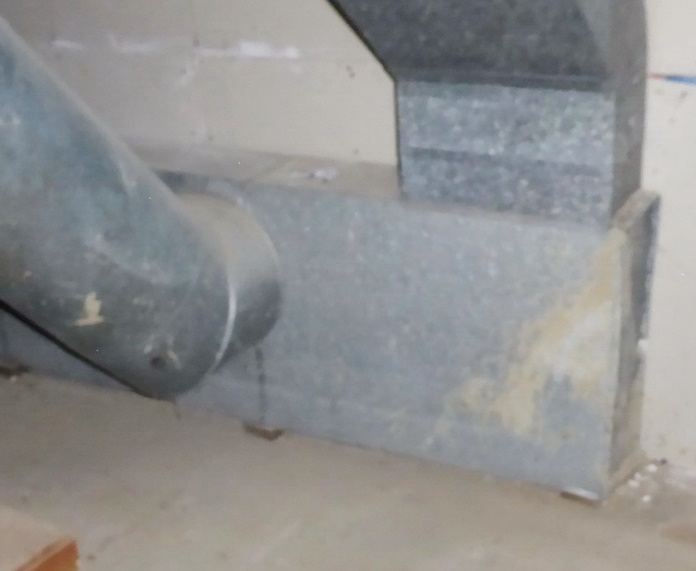
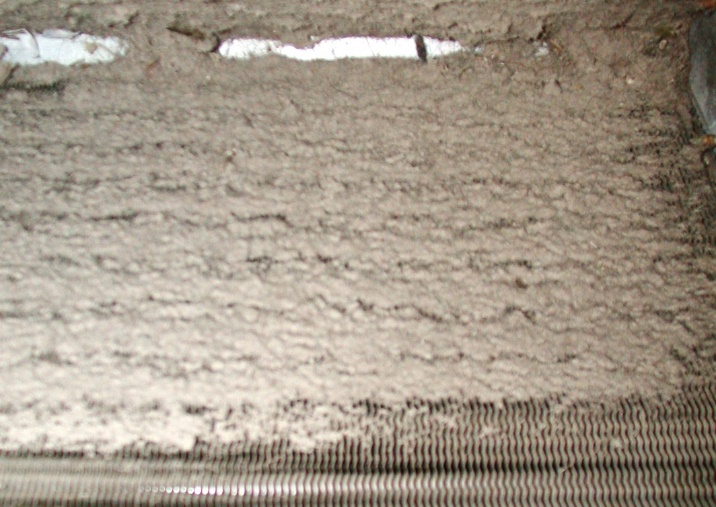
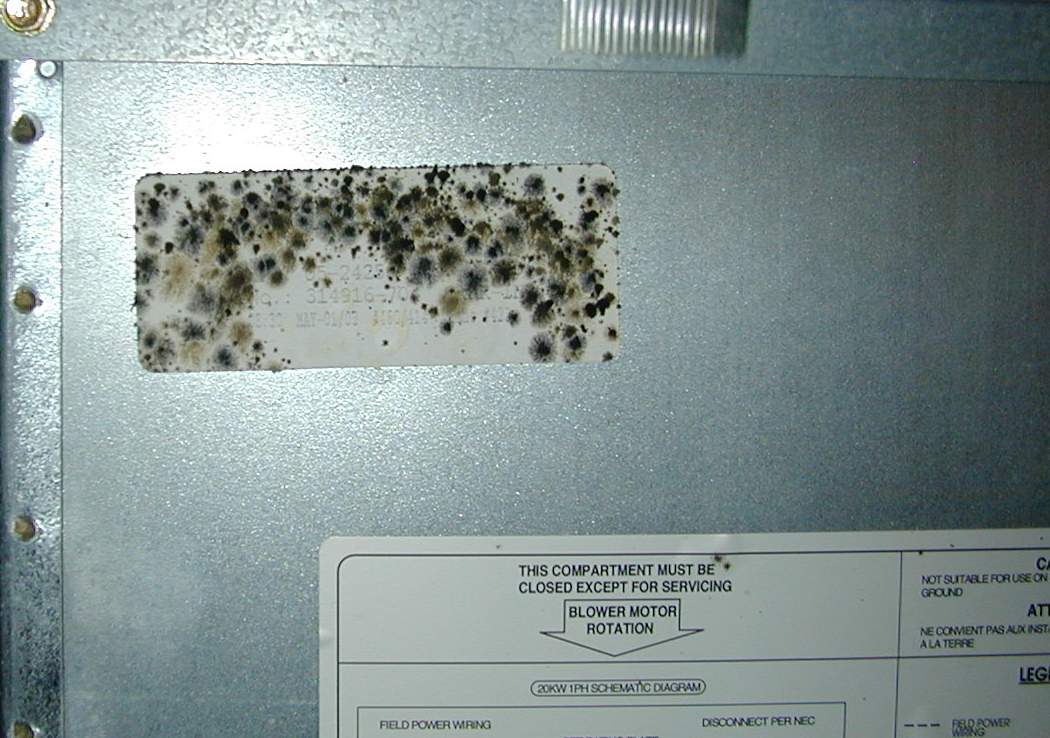
If you don’t open up an air handler, consider recommending further evaluation if the filter slot is open, there is no filter present, the filter is ill fitting, or the filter holder is not airtight at the perimeter.
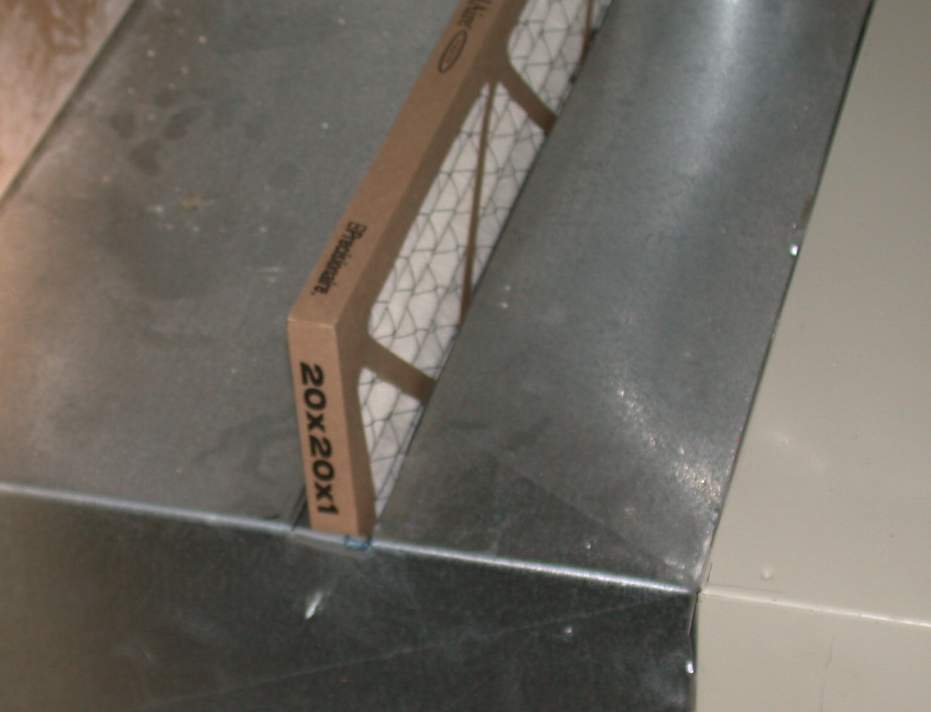
Ducts: You can tell a lot about the condition of a duct be looking into it with an extension mirror and a flashlight. At the least, you can remove a register to see if the boot contains debris or the metal is bent inward, allowing potentially allergenic dust from a floor, wall or ceiling cavity, a basement, or a crawl space to flow up into the room.
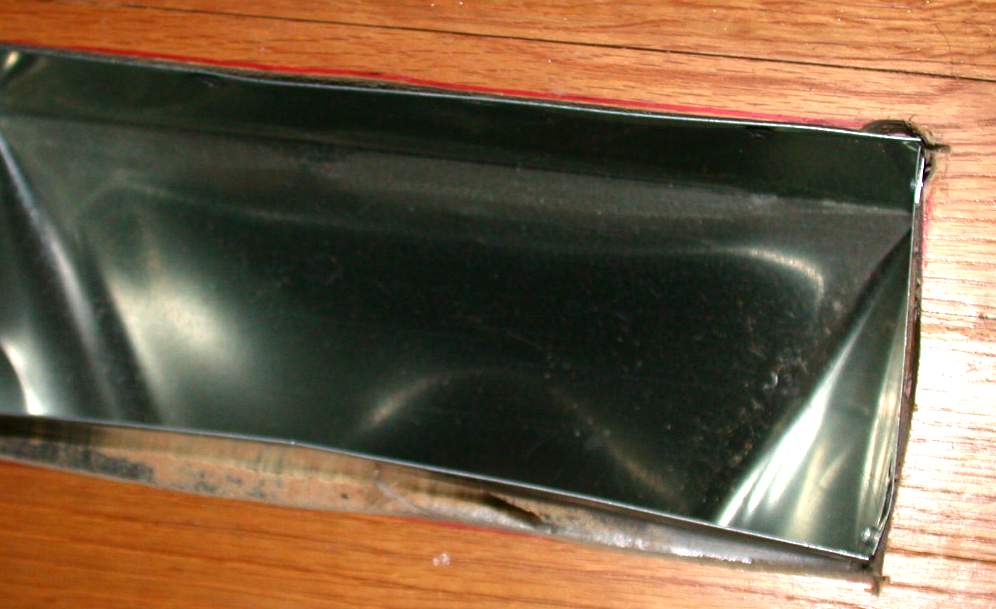
Ducts should not contain internal exposed fibrous lining. If your clients have allergies or asthma, caution them that flexible ducts are more difficult to clean than solid metal ducts are. And duct board ducts? Forget it – they should be replaced with solid metal ducts.
If a home has hot water or steam heat with a separate ducted central air-conditioning system, recommend that wall and ceiling supplies be closed and that all returns be covered with an impervious material (even cardboard will suffice) in the heating season. Otherwise, moist house air can migrate up into the ducts, fueling mold growth.
Here are some other items for your “watch out for list”:
- Ducts running through a concrete slab (they invariably become moldy)
- A panned-bay return that is not airtight to the basement
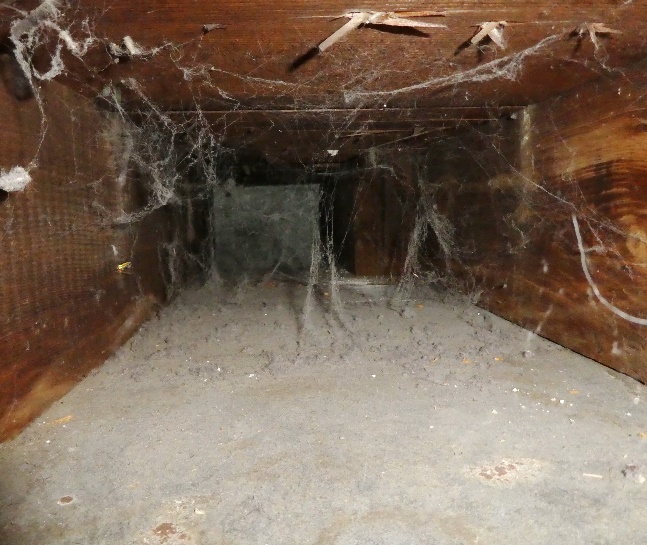
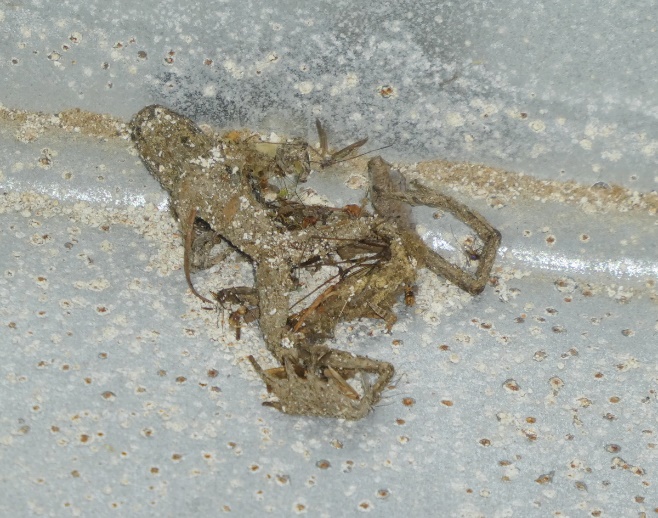
Mini splits: These units come equipped with filtration that is no better than an insect screen, so they inevitably become moldy. You don’t have to open up such a unit. If you notice black spots on the supply louvers, the unit must be cleaned. Clients can refer to manufacturer’s directions for recommended cleaning methods.
ERVs and HRV’s:
Building occupants’ health can depend on the condition of HRVs and ERVs. In two homes that I inspected in which occupants were experiencing health symptoms, the units were moldy. The occupants felt better as soon as the units were turned off.
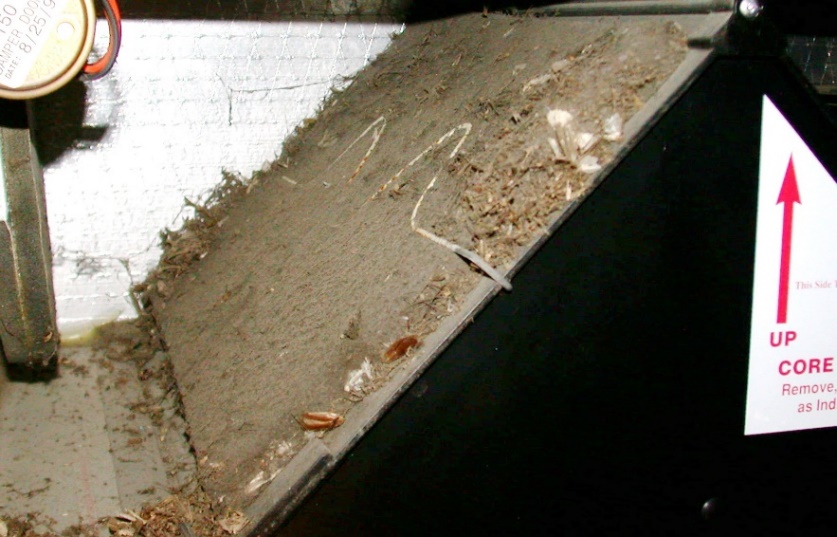
There should never be any visible dust inside such a unit. I always recommend that the fresh-air and house-air ducts be fitted with supplemental in-line filters (a box containing a filter lying at an angle). One brand of in-line filter (FB6) comes with a MERV-12 filter that is too restrictive, so this filter should be replaced with a properly sized MERV-8 filter. With supplemental in-line filters, the filters that come with the unit can be discarded. ERVs, HRVs, and supplemental filters should be safely accessible for inspection, cleaning, and filter replacement.
Have a pleasant summer.
Jeff

